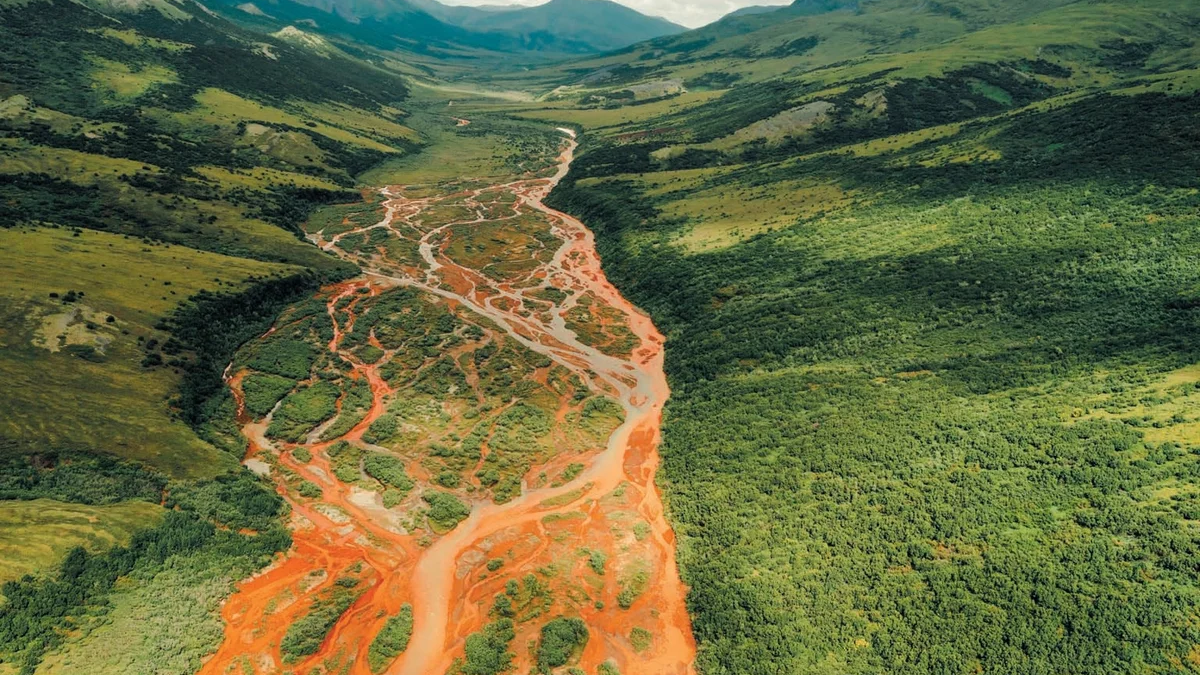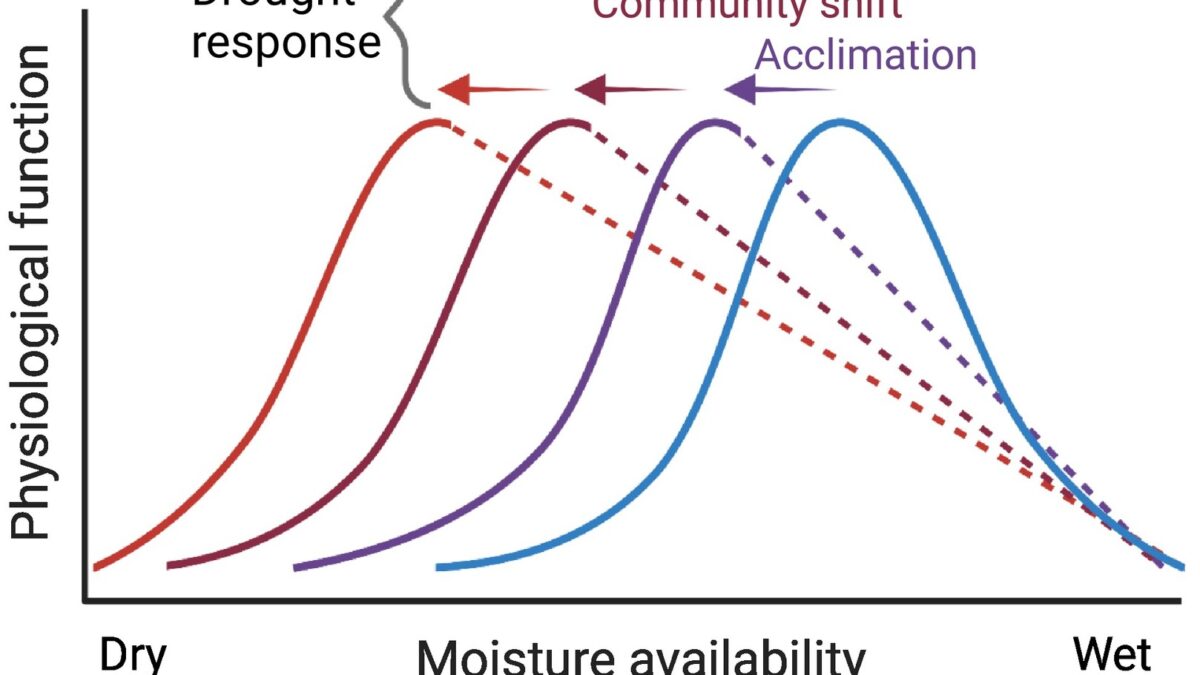Insect apocalypse: German bug watchers sound alarm – “Unless we change our ways of producing food, insects as a whole will go down the path of extinction in a few decades”
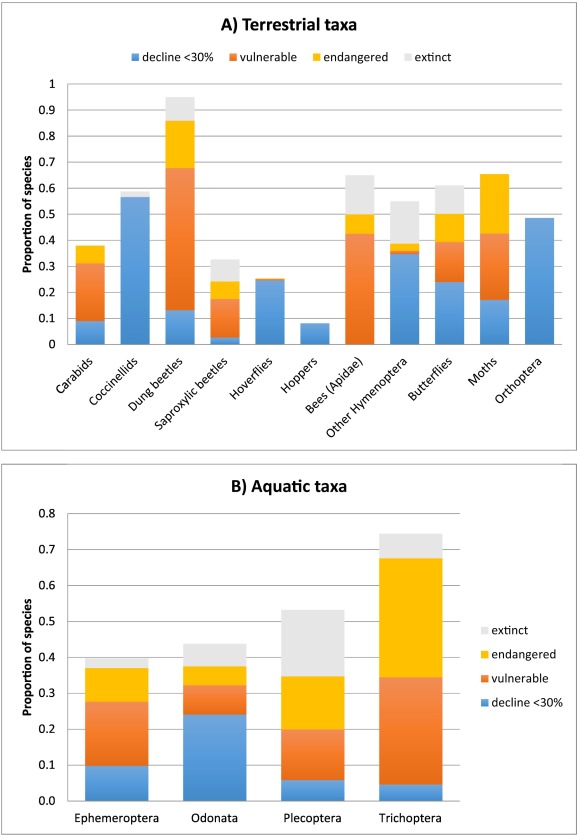
By Daphne Rousseau
1 July 2019
(AFP) – For almost 30 years they passed as quirky eccentrics, diligently setting up their insect traps in the Rhine countryside to collect tens of millions of bugs and creepy crawlers.
Now the group of German entomology enthusiasts can boast a world-class scientific treasure: evidence of what is described as one of Earth’s worst extinction phases since the dinosaurs vanished.
Insects, which comprise two thirds of all terrestrial species, have been dying off at alarming rates, with disastrous impacts on food chains and habitats, researchers say.
The home of the Amateur Entomology Society of Krefeld on the Dutch border is a former school building where thick curtains block out the sunlight.
Inside in glass cabinets are stored thousands of butterflies, their wings bleached by time, along with exotic fist-sized beetles and dragonflies, brought back from around the world by amateur collectors.
Traditionally “entomology was mainly about drying and collecting rare specimens,” says the society’s president Martin Sorg, wearing John Lennon-style glasses, a multi-pocket jacket and sandals.
He and an army of volunteers have over the years gathered as many as 80 million insects that are now floating in countless ethanol bottles.
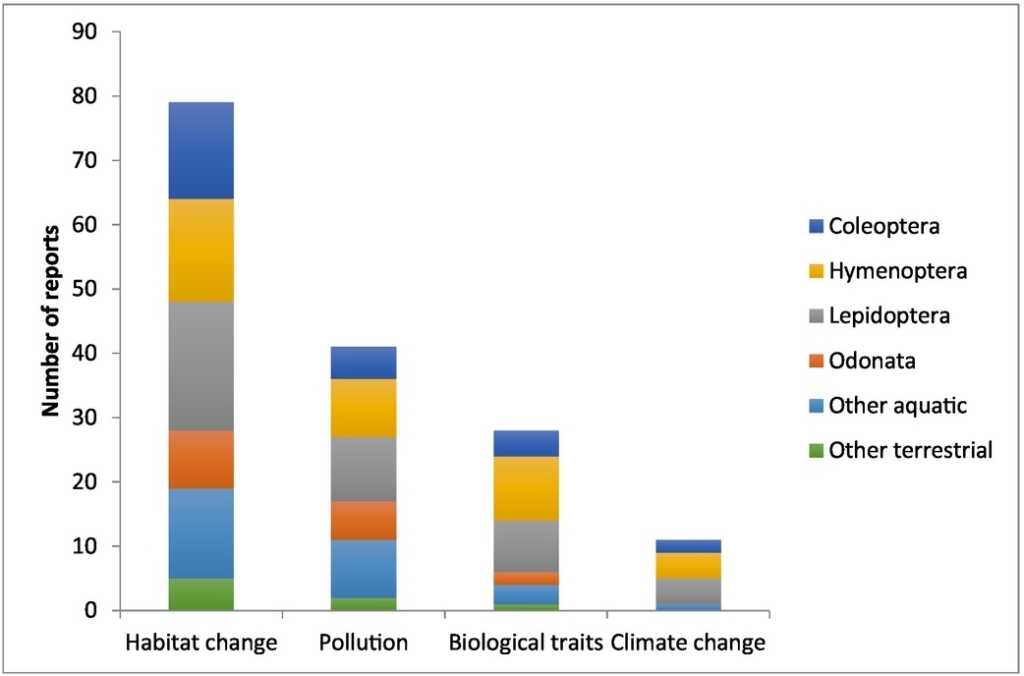
Each bottle contains the amount caught by a single insect trap over a set period, and each box represents a collection of such catches over nearly three decades.
“Since 1982, the traps we manufacture ourselves have been standardised and controlled, all of the same size and the same material, and they are collected at the same rate in 63 locations that are still identical,” explains Sorg.
The result is a treasure trove of quantitative data that dwarfs that of any funded university project, he says.
But if he is visibly proud of the society’s research, the outcome terrifies him: in the test period, the total biomass of flying insects here has plummeted by 76 percent.
To demonstrate the rapid decline, a lab technician holds up two bottles: one from 1994 contains 1,400 grammes of trapped insects, the newest one just 300 grammes.
“We only became aware of the seriousness of this decline in 2011, and every year since then we have seen it get worse,” says Sorg, the man who sounded the alarm. […]
In the search for the cause, the landscape around Krefeld provides some clues.
The repercussions this will have for the planet’s ecosystems are catastrophic to say the least, as insects are at the structural and functional base of many of the world’s ecosystems since their rise at the end of the Devonian period, almost 400 million years ago.
Francisco Sánchez-Bayo and Kris A.G.Wyckhuys, Biological Conservation (2019)
In the distance, industrial chimneys billow smoke.
On one side of the road lies a protected nature reserve. On the other, a sugar beet field is being sprayed with pesticides by an agricultural machine.
“You see, protected reserves are not so protected,” says Sorg.
Across the border, Kroon says, “we must realise that here in western Europe our nature is getting smaller, the agriculture fields are very hostile to insects. There is no food, they get poisoned.
“And nature areas are also more and more isolated. Insects can’t move from one place to another, it’s too far away.”
Although the exact cause for the die-off is not yet clear, he says, “the cause is anthropogenic, there’s no doubt about it.
“It is our greatest fear that a point of no return will be reached, which will lead to a permanent loss of diversity.” [more]
Insect apocalypse: German bug watchers sound alarm
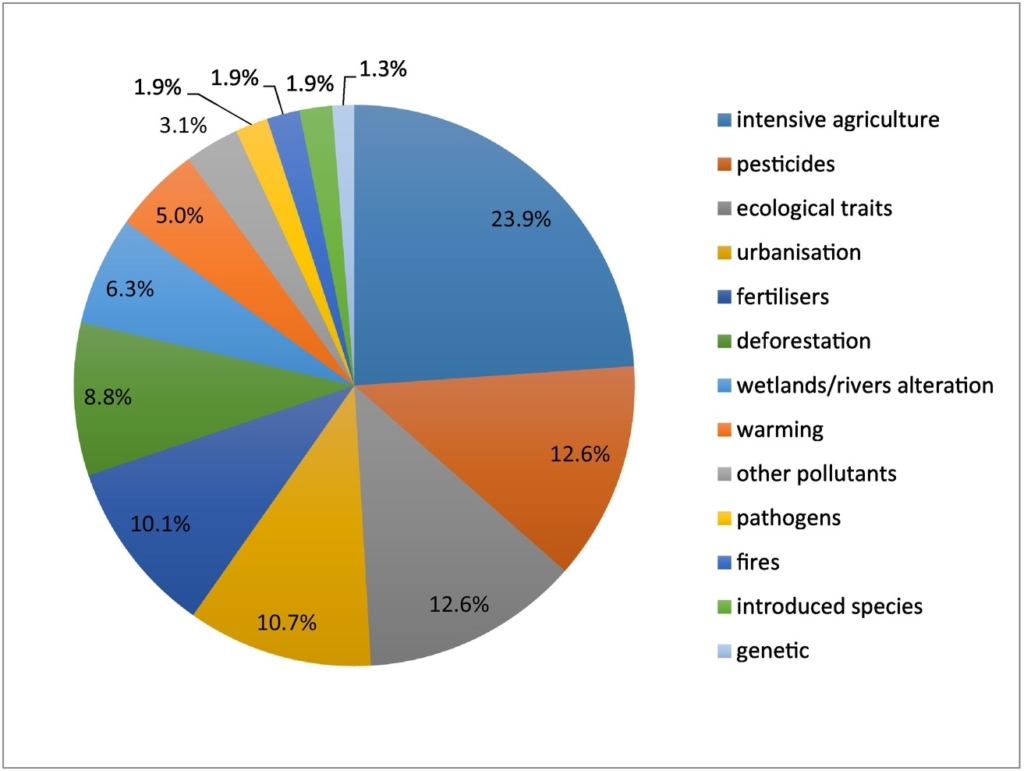
Worldwide decline of the entomofauna: A review of its drivers
ABSTRACT: Biodiversity of insects is threatened worldwide. Here, we present a comprehensive review of 73 historical reports of insect declines from across the globe, and systematically assess the underlying drivers. Our work reveals dramatic rates of decline that may lead to the extinction of 40% of the world’s insect species over the next few decades. In terrestrial ecosystems, Lepidoptera, Hymenoptera and dung beetles (Coleoptera) appear to be the taxa most affected, whereas four major aquatic taxa (Odonata, Plecoptera, Trichoptera and Ephemeroptera) have already lost a considerable proportion of species. Affected insect groups not only include specialists that occupy particular ecological niches, but also many common and generalist species. Concurrently, the abundance of a small number of species is increasing; these are all adaptable, generalist species that are occupying the vacant niches left by the ones declining. Among aquatic insects, habitat and dietary generalists, and pollutant-tolerant species are replacing the large biodiversity losses experienced in waters within agricultural and urban settings. The main drivers of species declines appear to be in order of importance: i) habitat loss and conversion to intensive agriculture and urbanisation; ii) pollution, mainly that by synthetic pesticides and fertilisers; iii) biological factors, including pathogens and introduced species; and iv) climate change. The latter factor is particularly important in tropical regions, but only affects a minority of species in colder climes and mountain settings of temperate zones. A rethinking of current agricultural practices, in particular a serious reduction in pesticide usage and its substitution with more sustainable, ecologically-based practices, is urgently needed to slow or reverse current trends, allow the recovery of declining insect populations and safeguard the vital ecosystem services they provide. In addition, effective remediation technologies should be applied to clean polluted waters in both agricultural and urban environments.
Conclusions
This review highlights the dreadful state of insect biodiversity in the world, as almost half of the species are rapidly declining and a third are being threatened with extinction. The information presented here refers mostly to developed countries of Europe and North America (Fig. 1) since those regions have the most comprehensive historical records that allow comparisons of biodiversity on a temporal scale.
Habitat change and pollution are the main drivers of such declines. In particular, the intensification of agriculture over the past six decades stands as the root cause of the problem, and within it the widespread, relentless use of synthetic pesticides is a major driver of insect losses in recent times (Dudley and Alexander, 2017). Given that these factors apply to all countries in the world, insects are not expected to fare differently in tropical and developing countries. The conclusion is clear: unless we change our ways of producing food, insects as a whole will go down the path of extinction in a few decades (Dudley et al., 2017; Fischer et al., 2008; Gomiero et al., 2011). The repercussions this will have for the planet’s ecosystems are catastrophic to say the least, as insects are at the structural and functional base of many of the world’s ecosystems since their rise at the end of the Devonian period, almost 400 million years ago.
Habitat restoration, coupled with a drastic reduction in agro-chemical inputs and agricultural ‘redesign’, is probably the most effective way to stop further declines, particularly in areas under intensive agriculture. For example, flower and grassland strips established at the field edge enhance the abundance of wild pollinators (Blaauw and Isaacs, 2014; Hopwood, 2008), and rotation of crops with clover boosts the abundance and diversity of bumblebees (Ekroos et al., 2014; Haaland and Bersier, 2011), which in turn boost crop yield and farm profitability. These ‘ecological engineering’ tactics not only favour pollinators but also conserve insect natural enemies that are essential for keeping at bay the herbivorous pest species of many crops (Dover et al., 2011; Gurr et al., 2012; Lu et al., 2015). However, for these measures to be effective, it is imperative that current pesticide usage patterns, mainly insecticides and fungicides, are reduced to a minimum as to permit a recovery of insect numbers and their associated ‘biological control’ services (Heong et al., 2015; Way and Heong, 1994). There is no danger in reducing synthetic insecticides drastically, as they do not contribute significantly to crop yields, but trigger pest resistance, negatively affect food safety and sometimes lower farm revenue (Bredeson and Lundgren, 2018; Lechenet et al., 2017). The judicious implementation of integrated pest management (IPM) in Europe as well as in developing countries of Africa and Asia over the years achieved similar or even greater crop yields (Furlan et al., 2017; Pretty and Bharucha, 2015; Pretty et al., 2011; Thancharoen et al., 2018). Furthermore, in many of the world’s farming systems, biological control constitutes an under-used yet cost-effective means to resolve agricultural pest problems while conserving biodiversity both on-farm and beyond the field border (Wyckhuys et al., 2019).
For aquatic insects, rehabilitation of marshlands and improved water quality are a must for the recovery of biodiversity (van Strien et al., 2016). This may require the implementation of effective remediation technologies to clean the existing polluted waters (Arzate et al., 2017; Pascal-Lorber and Laurent, 2011). However, priority should be given to reducing the contamination by runoff and leaching of toxic chemicals, particularly pesticides. Only such conditions can allow the re-colonization of a myriad of discrete species that support essential ecosystem services such as litter-decomposition and nutrient recycling, provide food to fish and other aquatic animals, and are efficient predators of crop pests, aquatic weeds and nuisance mosquitoes.
Worldwide decline of the entomofauna: A review of its drivers
